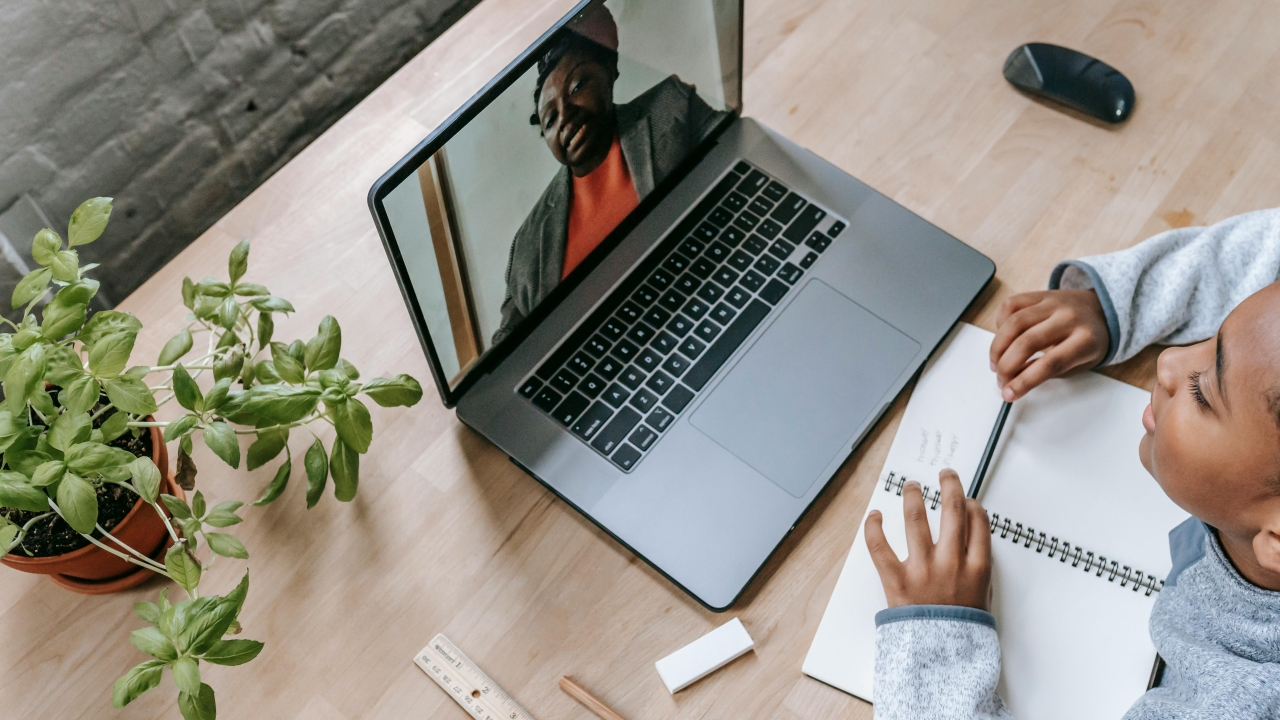Is Blended Learning Here to Stay?

But this is just the start. In 2021, schools alternated between in-person and online learning, blended or hybrid classrooms, or a mix of the various teaching modalities.
During the epidemic, schools did the best they could with the resources they had, including government funds dedicated to supporting hybrid learning, the patience of family and caregivers, and the inventiveness and endurance of teachers all over the world.
The reform of the education sector has a lot riding on it, not least the hopes of students and instructors who have already had their digital abilities tested. While everyone wants to go back to school, blended learning helps to build a more resilient education system by allowing for more personalization of learning while also increasing accessibility.
Flexibility, scalability, and agility are critical as IT executives aim to build on their transformative success while also providing longer-term advantages and supporting a digital environment appropriate for the future.
What is blended learning?
Blended Learning has, in fact, been the solution for many students for several years. Blending learning as a concept and learning style has been around since before the turn of the century, going by titles including "hybrid learning," "technology-mediated education," "web-enhanced training," and "mixed-mode instruction."
While definitions differ, most agree that blended learning, as its various names imply, is a hybrid learning style in which face-to-face education is coupled with technology-mediated training throughout the course of a course or module.
So, what are the effects of online learning and hybrid classrooms on students? What about teachers?
Many people are concerned about how effectively children learn online and the impact on educators of having to support both in-person and virtual learning at the same time. Others, on the other hand, have witnessed directly how beneficial online learning can be, and students are prospering as a result of the advantages of a hybrid learning environment.
Students who require extra time for specific assignments owing to learning difficulties or who require unique tools or equipment to succeed in the classroom, for example, can get what they need on their own time. Others choose project-based learning or gaming, both of which have grown in popularity in the hybrid learning period.
Is hybrid learning a viable option?
According to a review of the research on hybrid and blended learning, hybrid learning boosted student involvement, success, and a favorable perspective of the learning process.
These tried-and-true ways of student involvement are also included in hybrid learning:
- Personalized learning has been found to increase students' math and to read scores, and it is easier to implement in hybrid classrooms.
- Students' communication abilities improve as a result of blended learning.
Personalized attention
Teachers are able to devote more time to one-on-one face contact with each of their pupils by utilizing digital technology to save time when it comes to basic education. Teachers can also automate tailored feedback on a bigger scale by utilizing the processing capacity of internet technologies.
Stay up to date
Subscribe to the free GESS Education newsletter and stay updated with the latest insights, trends, and event news every week. Your email address will remain confidential

